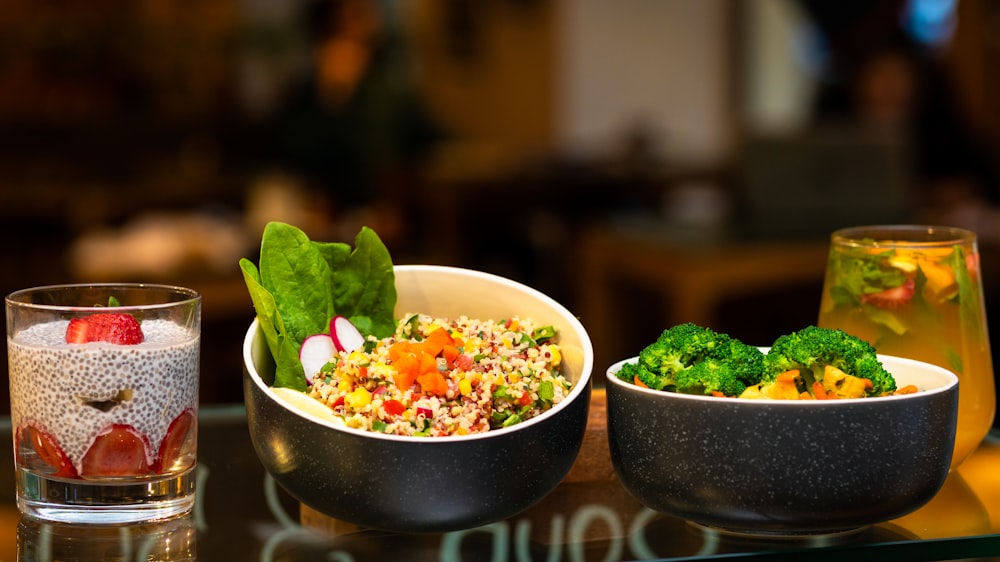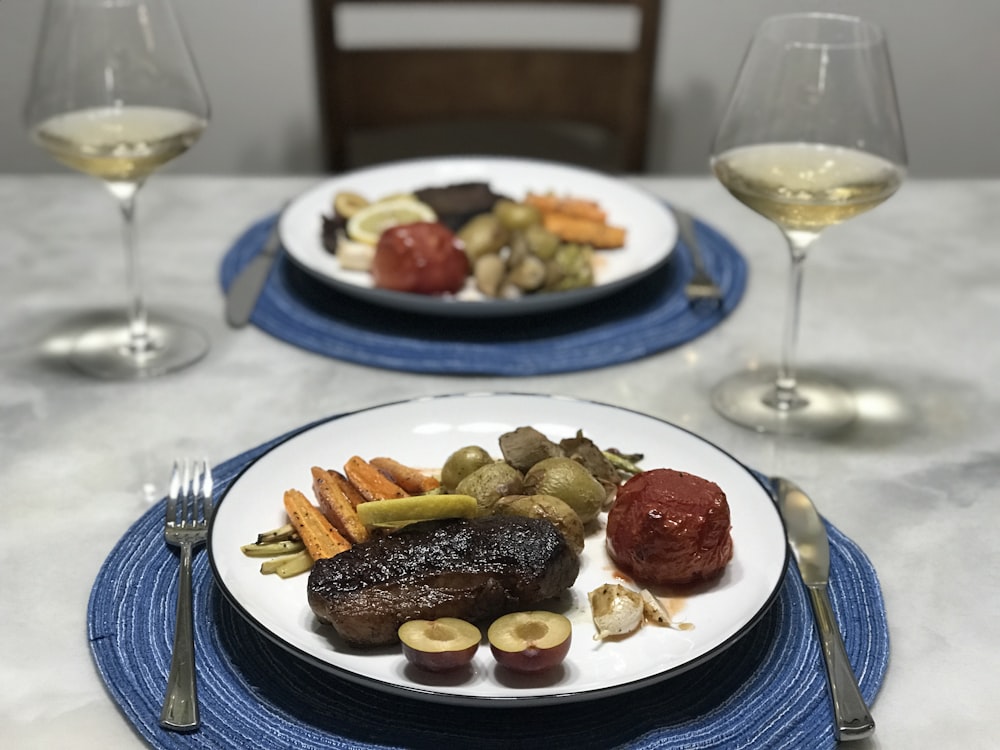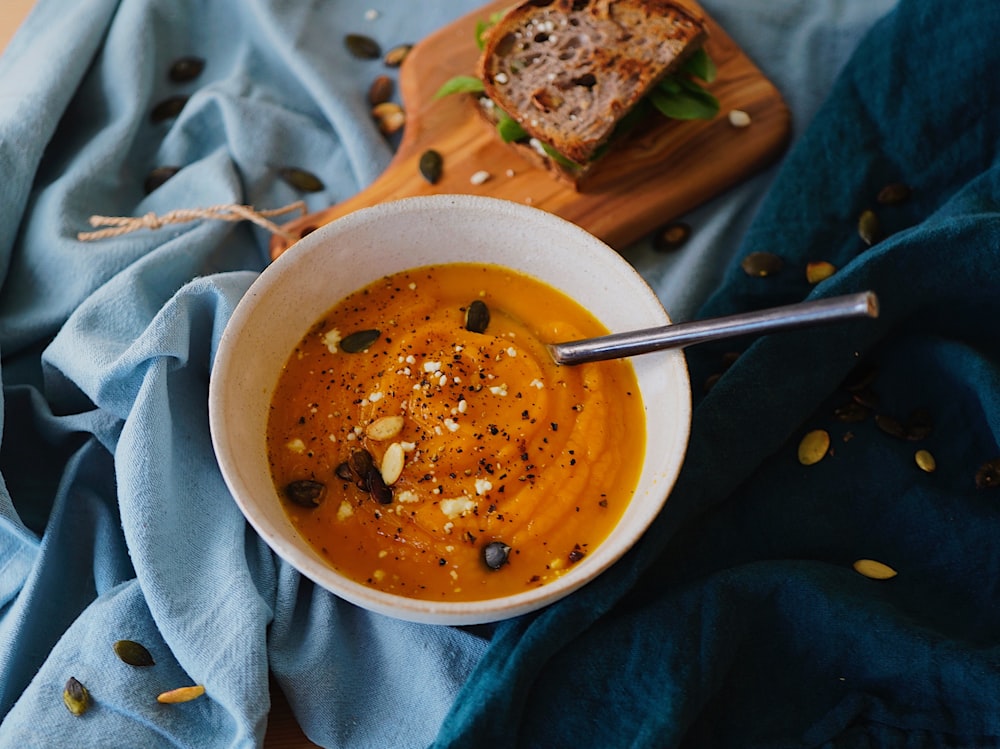Chinese cuisine, renowned for its rich flavors and aromatic blends, offers a diverse tapestry of dishes that have captivated palates worldwide. Among these culinary treasures, one dish stands out in both taste and tradition: Lotus Leaf Rice.
The Essence of Lotus Leaf Rice
Lotus leaf rice, known as “lo mai gai” or “nor mai gai,” is a time-honored Chinese delight. This dish comprises sticky rice, lovingly enveloped and steamed within lotus leaves. The rice undergoes a meticulous process of soaking, seasoning with an array of condiments and spices, and harmoniously mingling with ingredients like succulent chicken, tender duck, earthy mushrooms, briny shrimps, fragrant scallions, and savory salted eggs.

When cocooned within the embrace of lotus leaves and gently steamed, the rice becomes a canvas for the infusion of flavors, marrying with the delicate fragrance of the leaves. Served piping hot, Lotus Leaf Rice graces the table as an integral part of traditional dim sum feasts.
A Symphony of Flavors: Steamed Chicken Feet Dim Sum
Feng Zhao, the dim sum-style braised chicken feet, presents a culinary symphony of textures and tastes. After a meticulous process of cleaning, salting, and drying, the chicken feet are plunged into hot oil, resulting in a crisp, caramelized exterior. The subsequent braise, accompanied by star anise and sliced ginger, imparts tenderness to the morsels.

Post-braising, a marinade dance of oyster sauce, sugar, pepper, and black bean sauce commences, concluding with a sauté in fragrant sesame oil until the sauce luxuriously thickens. Served hot, these aromatic chicken feet find their perfect partner in a side of luscious black bean sauce.
The Art of Pickling: Chinese Pickles
China’s pickle-making heritage, tracing back to the ancient Zhou dynasty, boasts a repertoire of over 130 distinct varieties. The preparation of this delectable appetizer or side dish is so esteemed that it necessitates special porcelain urns.

Cabbage, eggs, lettuce hearts, cucumbers, mustards, radishes, and bamboo shoots take center stage, pickled in a dance of water and vinegar. Infused with Sichuan peppercorns or ginger, these pickles emerge with a distinctive and tantalizing flavor profile.
Hong Kong’s Golden Treasure: Pineapple Bun
Despite its name, Pineapple Buns owe their moniker to the distinctive chequerboard pattern adorning their golden, crispy crusts. These sweet pastries, hailing from Hong Kong, are crafted with utmost simplicity, using only flour, lard, sugar, and eggs.

Crunchy and sugary on the outside, yet tender within, they have endeared themselves to locals for their affordability. Whether for breakfast or afternoon tea, Pineapple Buns hold a special place in the culinary heritage of Hong Kong.
A Symphony of Textures: Stir-Fry Shrimps
You bao Xia, a Chinese culinary masterpiece, brings whole shrimp to life through a vigorous wok dance. Stir-fried to a delightful crispness, they then luxuriate in a savory sauce concocted from chicken broth, black vinegar, sesame oil, sugar, and Shaoxing wine.
Scallions and ginger slices join the culinary ballet, both as essential players in the cooking process and as garnishes before the dish takes its bow. This dish claims the spotlight, especially during vibrant Chinese New Year celebrations.
Su Dongpo’s Culinary Legacy: Dongpo Pork
A tribute to Hangzhou’s culinary heritage, Dōngpō ròu celebrates the marriage of Chinese staples: ginger, scallions, soy sauce, and the indispensable Shàoxīng rice cooking wine. The pork, adorned with its skin, embarks on a culinary journey of browning, simmering, braising, sautéing, and culminating in a delicate steam.
The result? Meat so tender it yields effortlessly to chopsticks. This dish, attributed to the 11th-century luminary Su Dongpo, a polymath of the Song Dynasty, stands as a testament to his gastronomic prowess.
Succulence in Soy: Soy Sauce Chicken
A jewel in Cantonese cuisine, Soy Sauce Chicken epitomizes the art of red cooking. Here, meat simmers in a soy sauce-based elixir, infused with an ensemble of seasonings. The outcome? Meat that effortlessly parts from the bone is tender and succulent.
While chicken quarters often take the lead, some opt for smaller pieces, like legs, drumsticks, or wings. A traditional favorite for Chinese New Year, it pairs impeccably with sidekicks like rice or stir-fried lo mein noodles, complemented by a dipping sauce boasting oil, ginger, chicken stock, onions, and salt.
Whispers of Elegance: Egg Drop Soup

This Chinese culinary gem, the Egg Drop Soup, unveils its elegance through a delicate dance of whisked eggs in a hot broth. The result? Intricate, flower-like clusters elevate this seemingly simple soup to a realm of versatility.
While chicken broth often takes the lead, the stage is open for a diverse cast of characters, from vegetable broth to peas and tomatoes. Scallions and sesame oil add their harmonious notes to this delicate symphony.
Mastery in a Wok: Beef Chow Fun
Beef chow fun, a Cantonese triumph, marries marinated beef slices with broad, flat rice noodles (hor fun) and sprightly bean sprouts. The magic lies in the culinary wizardry of wok hei, a high-heat stir-fry technique, and pow wok, a deft tossing sans spatula.
This dish, a true litmus test for a seasoned Cantonese chef, showcases the artistry required to achieve the perfect balance of flavors and textures.
A Street-Food Symphony: Scallion Pancake
Hailing from Shanghai, the Scallion Pancake is a savory Chinese flatbread, woven with fragrant scallions, and often accented with bell peppers, fennel, and sesame seeds. Served piping hot, it arrives in wedges, ready to be dipped in a soy-based sauce.
This culinary creation, reminiscent of the Indian paratha flatbread, has garnered acclaim as one of China and Taiwan’s most beloved street food items.
Pepper Steak: A Fusion of Cultures
Pepper Steak, a classic Chinese-American fusion, pays homage to its Fujianese roots. Originally featuring pork, it now stars tender strips of beef seasoned generously with freshly ground pepper. Sautéed with bell peppers and sliced onions, it graces the table as an appetizer or a main course, often accompanied by rice or noodles.
Distinguished by its robust seasoning, this dish bridges the gap between tradition and innovation in Chinese culinary history.
Conclusion: A Culinary Journey Through Chinese Delights
Embarking on a journey through the diverse landscape of Chinese cuisine unveils a treasure trove of flavors, textures, and traditions. From the delicate embrace of lotus leaves in Lotus Leaf Rice to the sizzling Stir-Fry Shrimps and savory Scallion Pancake, each dish tells a story of culinary mastery.
Read Also:- 10 Worst-Rated Thai Foods